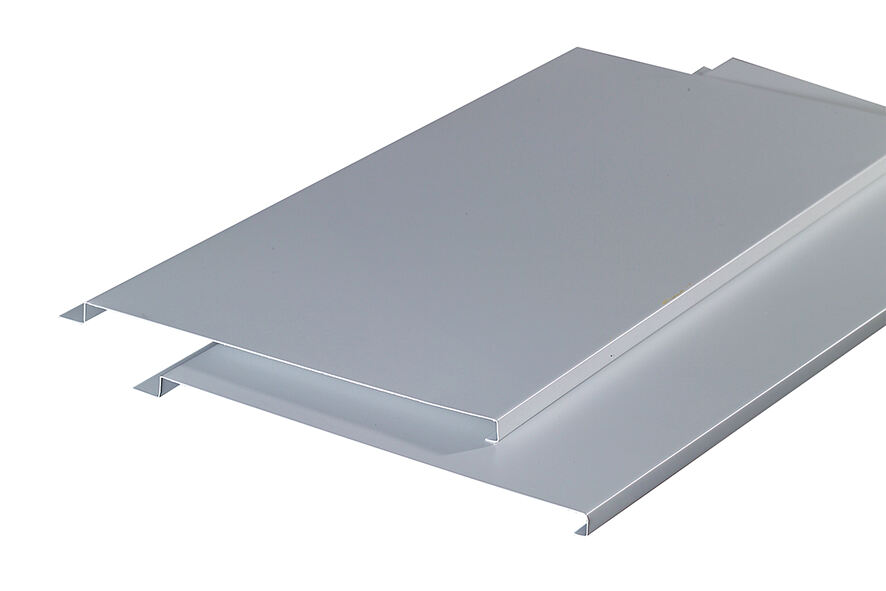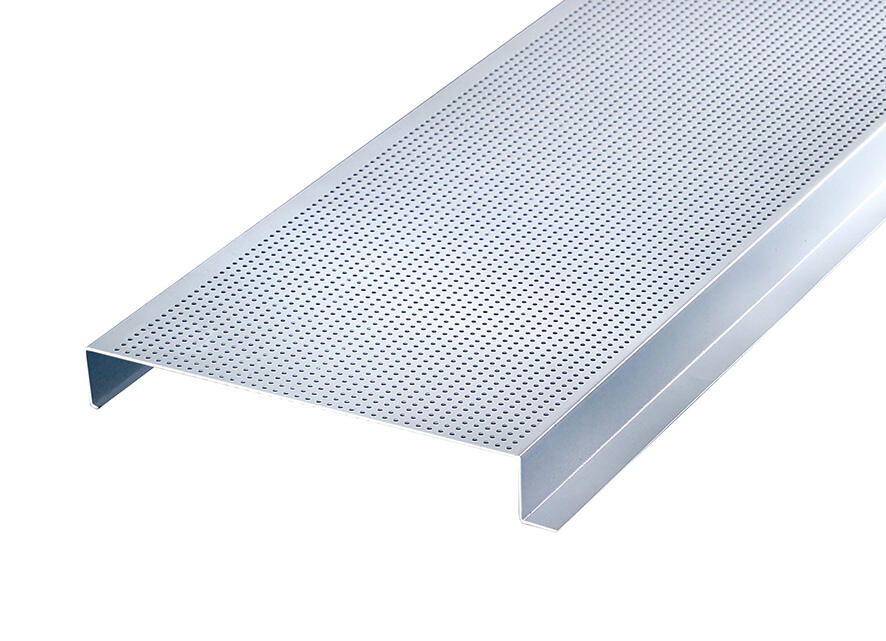linear ceiling system
A linear ceiling system represents a sophisticated architectural solution that combines aesthetic appeal with practical functionality. This innovative ceiling design consists of parallel metal panels or strips that create a sleek, continuous appearance across interior spaces. The system features precision-engineered components that allow for seamless integration of lighting, HVAC, and other building services while maintaining a clean, uncluttered look. The panels are typically manufactured from high-grade aluminum or steel, offering durability and resistance to moisture and corrosion. Installation is facilitated through a specialized carrier system that ensures perfect alignment and allows for easy access to the plenum space above. The versatility of linear ceiling systems makes them ideal for various applications, from corporate offices and retail spaces to transportation hubs and educational facilities. They excel in creating directional effects and can be used to define circulation paths or highlight specific areas within a space. The system's modular nature allows for custom configurations, with options for different panel widths, finishes, and spacing between panels. Additionally, these systems can incorporate acoustic properties through perforated panels and sound-absorbing materials, contributing to optimal indoor sound quality.


